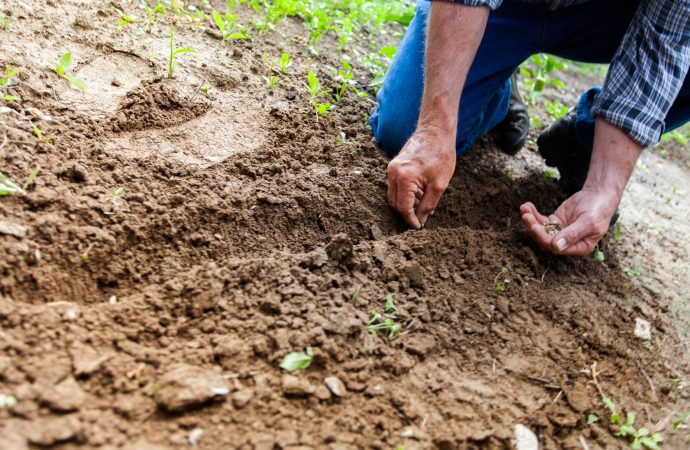Arizona’s agriculture industry faces unique challenges due to the state’s harsh climate and extreme weather conditions. Summers in Arizona are scorching hot, and the dry desert environment can make it difficult for crops to thrive. Despite these obstacles, Arizona’s farmers are finding innovative ways to overcome the odds and produce high-quality crops. One of the
Arizona’s agriculture industry faces unique challenges due to the state’s harsh climate and extreme weather conditions. Summers in Arizona are scorching hot, and the dry desert environment can make it difficult for crops to thrive. Despite these obstacles, Arizona’s farmers are finding innovative ways to overcome the odds and produce high-quality crops.
One of the main challenges that Arizona farmers face is water scarcity. The state is known for its arid climate and limited water resources, which can make it difficult to irrigate crops. However, many farmers are turning to new technologies and sustainable farming practices to conserve water and reduce waste.
One such technology is drip irrigation, which involves applying water directly to the roots of plants through a network of tubes and emitters. This method can reduce water usage by up to 50% compared to traditional flood irrigation, which can waste water due to evaporation and runoff. Many farmers are also using soil moisture sensors and weather stations to optimize irrigation schedules and avoid overwatering.
In addition to water conservation, Arizona farmers are also adopting sustainable practices such as cover cropping, crop rotation, and integrated pest management. Cover cropping involves planting crops such as legumes or grasses between main crop seasons to improve soil health and fertility. Crop rotation helps to prevent soil depletion by alternating crops with different nutrient needs. Integrated pest management involves using natural predators and organic methods to control pests, rather than relying on chemical pesticides.
Despite the challenges of farming in Arizona, the state has seen a rise in sustainable agriculture practices and organic farming in recent years. According to the Arizona Department of Agriculture, the number of certified organic farms in the state has more than doubled since 2010. This trend is driven by increasing demand for locally sourced, sustainably produced food, as well as a growing awareness of the environmental and health benefits of organic farming.
Another factor contributing to the growth of Arizona’s agriculture industry is the state’s diverse range of crops. Although Arizona is known for its citrus fruits and cotton, the state also produces a wide variety of other crops, including pecans, alfalfa, lettuce, and wheat. Many of these crops are well-suited to Arizona’s climate and can thrive with the right combination of water, soil, and sunlight.
The growth of Arizona’s agriculture industry is also creating new opportunities for local businesses and communities. Farmers’ markets, CSA programs, and farm-to-table restaurants are becoming increasingly popular, as consumers seek out fresh, locally grown produce. In addition, many farms are partnering with schools and community organizations to promote agricultural education and provide fresh produce to underserved communities.
In conclusion, Arizona’s agriculture industry is facing challenges due to the state’s arid climate and limited water resources. However, farmers are finding innovative ways to conserve water and adopt sustainable farming practices, which are driving the growth of the industry. With a diverse range of crops and a growing demand for locally sourced, sustainably produced food, Arizona’s agriculture sector is poised for continued success in the years to come.

















Leave a Comment
Your email address will not be published. Required fields are marked with *